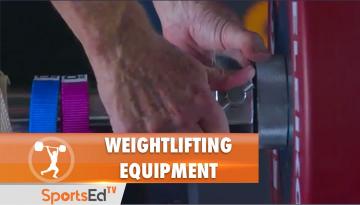Welcome and thanks for visiting...

Gain insightful tips from our expert weightlifting coaches and video analysis of great champions. Everyone can learn by watching our video weightlifting lessons. Improve your weightlifting skills today!


